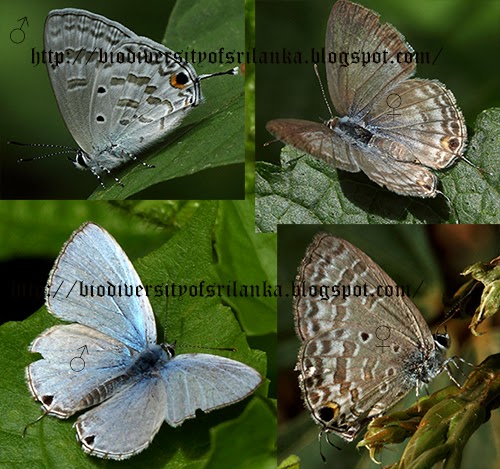Common migrant to forests and well wooded gardens of both wet and dry zone from lowlands to higher hills. It feeds in canopy usually as solitary birds or as scattered individuals in the same area. Large-billed Warbler breeds in the Himalayas.
සිංහලෙන් කියවන්න >>















